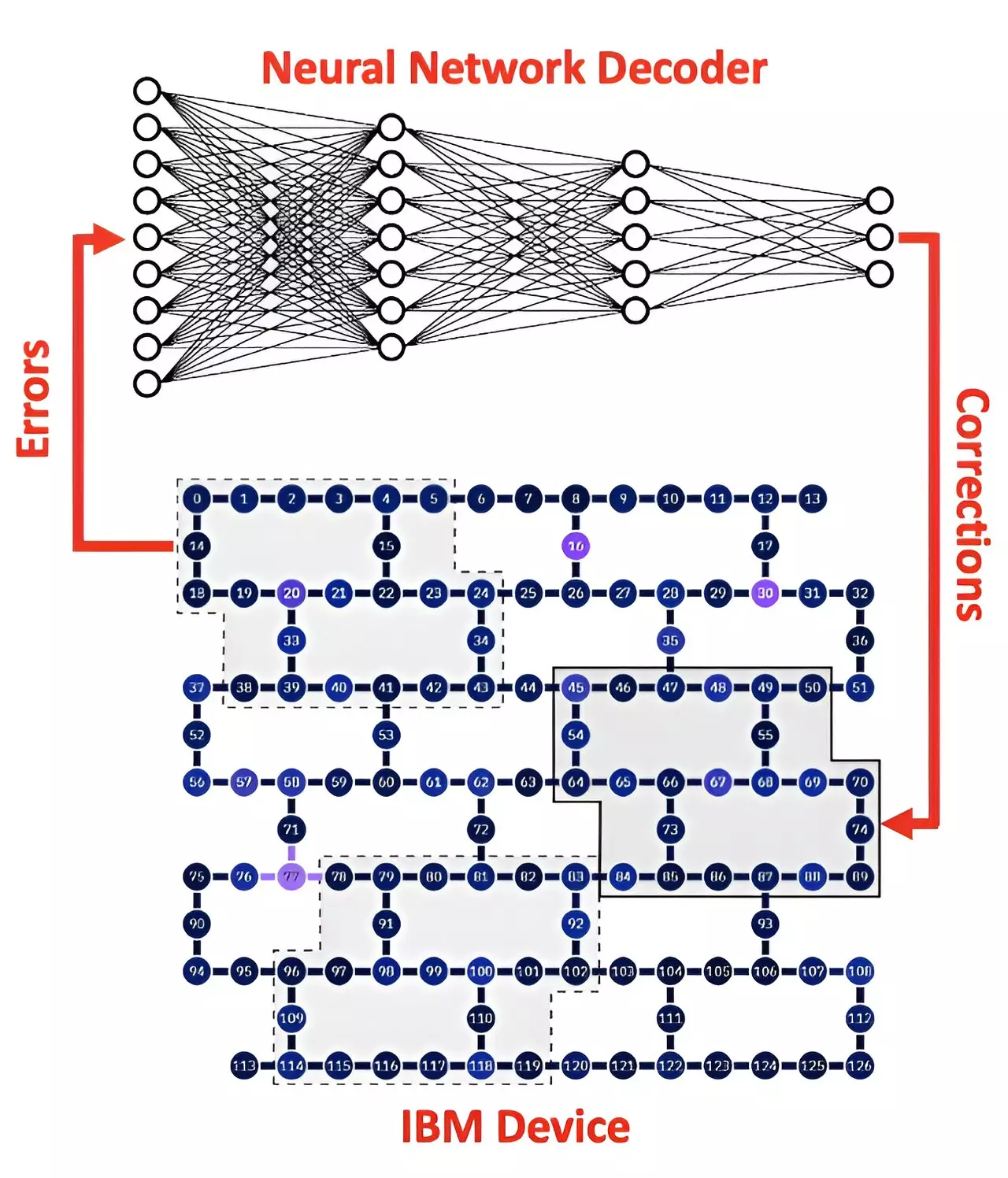Quantum computing has long been heralded as the next frontier in computing technology, promising to tackle problems that traditional computers cannot handle. Unlike conventional systems, which utilize binary bits (0 or 1) to store and process information, quantum computers employ quantum bits, or qubits. These unique entities can represent multiple states simultaneously, allowing quantum machines to perform numerous calculations in parallel. However, this astonishing potential is overshadowed by a significant roadblock: qubit noise, which manifests as errors during computations.
Understanding the nature of qubit noise is essential to grasp the hurdles faced by quantum computing. This noise is an intrinsic aspect of quantum mechanics, causing interference that can lead to erroneous outcomes. For practical quantum computing applications, addressing this error is not just a hurdle—it’s a necessity. Without innovative methods to combat qubit noise, the promise of quantum computing may remain theoretical.
The Intersection of AI and Quantum Error Correction
Recent research from Australia’s national science agency, CSIRO, indicates that artificial intelligence could be the key to addressing the notorious problem of quantum errors. The findings suggest that AI could be integrated into quantum error correction processes, offering a promising solution to a predicament that has persisted in quantum computing endeavors. The research, which appeared in the journal Physical Review Research, marks a pivotal moment; for the first time, AI has shown the potential to process and rectify the errors generated by qubits effectively.
At the heart of this innovation is a neural network employed as a syndrome decoder. By utilizing advanced machine learning techniques, researchers have demonstrated that AI can interpret measurements of qubit states and suggest suitable corrections, even amidst substantial noise levels. This development can revolutionize our approach to quantum error correction, significantly improving the reliability and performance of quantum computers.
Challenges in Implementing AI Solutions
Despite the excitement surrounding these breakthroughs, challenges remain. The findings revealed that increasing the code distance, a theoretical approach to enhancing error correction, did not yield the expected results due to high noise levels in existing quantum systems. Consequently, while AI shows promise, practical application isn’t straightforward. The delicate interplay of quantum dynamics necessitates a robust understanding of both the quantum realm and advanced AI algorithms.
Dr. Muhammad Usman, leader of the CSIRO’s Data61 Quantum Systems Team, emphasized the complexity of these interactions. His insights into the performance of AI neural networks on IBM quantum processors highlight a critical phase in development. For this approach to become more than a theoretical exercise and translate into real-world applications, researchers will need to refine both AI methodologies and the underlying quantum hardware to mitigate noise and enhance the accuracy of syndrome measurements.
The Future of Quantum Computing with AI as an Ally
The collaboration of AI and quantum computing holds enormous potential for solving complex real-world problems, such as optimizing logistical operations, simulating molecular structures in chemistry, and enhancing cryptographic techniques. As the physical error rates decrease in quantum devices over the coming years, the expectation is that AI will be able to facilitate effective error suppression, ultimately leading to reliable fault-tolerant systems.
Furthermore, the prospect of achieving full fault tolerance with a suitably large code distance is exhilarating. Such progress could redefine entire industries, marking a shift away from conventional methods and establishing a new paradigm of computational capability. As we venture deeper into this collaborative frontier, the fusion of AI and quantum computing could catalyze unprecedented innovations.
The intersection of AI and quantum error correction is set to reshape the technological landscape. While challenges persist, the pioneering work being conducted today lays the groundwork for tomorrow’s breakthroughs. As we continue to unlock the potential of quantum systems, we stand on the verge of extraordinary advancements that could forever alter how we understand and utilize computing technology.


Leave a Reply